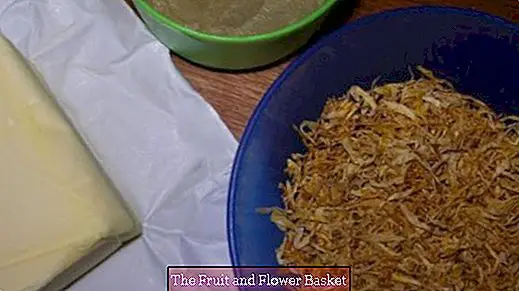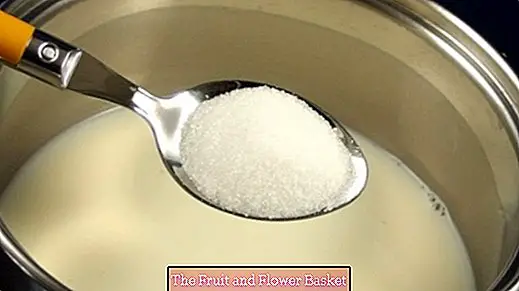Make ointments from medicinal herbs
There are various ways to use active ingredients from medicinal herbs, such as marigold or chamomile. The tea infusion is easy and well known. Less well known is the production of ointments. It is also very easy. Ultimately, it's similar to cooking tea only with hot fat instead of water.
Ointment matrix
You need suitable herbs and an ointment mass. Suitable ointment bases are fats which melt at body temperature, e.g. Lard or butter. In addition, these animal fats have the property that they can be readily absorbed by human skin and even have nourishing effects on their own. In conjunction with medicinal herbs, the active ingredient gets into the skin well via this ointment base.
As quantity ratio can apply
On a quarter pound butter / lard a handful of herbs.
If you make the ointments just for your own use, you may prefer to start with small amounts because the fats go rancid over time. But less than a quarter pound, I would not prepare, because then more stuck in the kitchen appliances than comes out at the end.
preparation
- Put the fat in a saucepan.
- Heat as much as if you wanted to fry meat in it.
- Add medicinal herbs.
- Boil the whole thing again? to let.
- Cover with a lid.
- Leave overnight in a cool place.
- Heat the next day so far that it is liquid.
- Filter through a cloth (place a sheet over a sieve or funnel and pour the liquid ointment, then squeeze the cloth out with your hands).
- The ointment can be easily heated several times to get out as much as possible.
- Fill in jars or cans.
bottling
If possible in small vessels, e.g. empty and well-washed ointment cans. Unopened and chilled, the ointments will last for some time. If you started to use them, you should consume them within a few weeks and also keep cool.
hygiene
If several people want to use the ointment, then for hygienic reasons, each should have its own ointment.
For every step you have to take care of cleanliness, wash all used kitchen appliances directly before. Use a ironed sheet. Working with clean hands.
Effect of chamomile and marigold
chamomile has anti-inflammatory, anti-spasmodic and generally soothing.
marigold also has an anti-inflammatory and calming effect, promotes the healing of wounds (including burns) and is good for scar care, helps with skin fungus, nourishes sores in the diaper area in baby wrappers and bedridden.
The ointments produced in this way have food quality. Unlike aqueous solutions, they keep the drug longer on the affected skin. They are suitable for skin and lip care. It does not bother if they get in the mouth or are inadvertently consumed. They are also suitable for the care of the mucous membranes, e.g. on the oral mucosa or in the nose (for example in the case of a sore nose), for the care of smaller wounds or inflammations in sensitive areas, e.g. in the genital area, on the lips, near the eyes ...
Get well!





